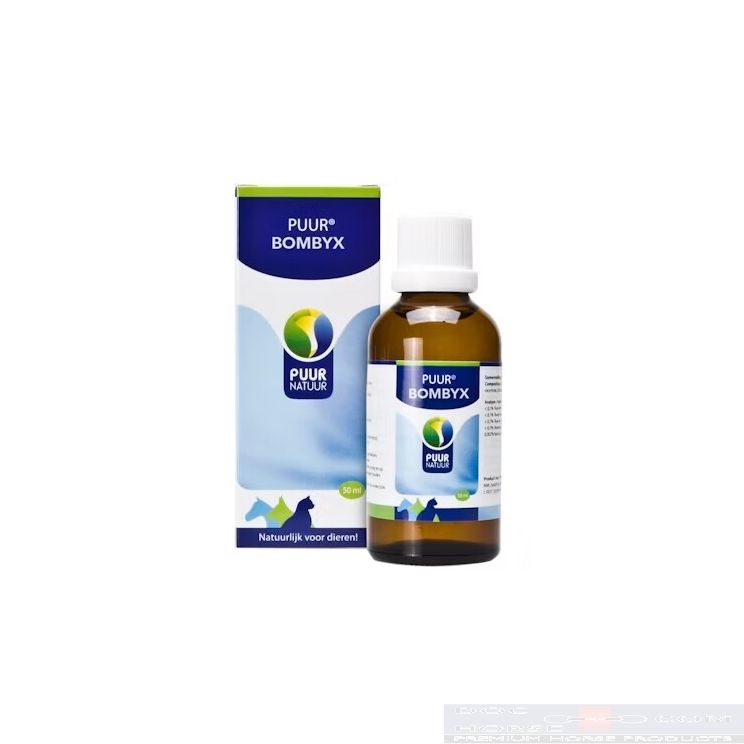PUUR Bombyx

-10%

PUUR Bombyx
Puur NatuurDuring the summer months, many oak trees are full of them: oak processionary caterpillars. The Latin name for this caterpillar is Bombyx processionea. When these come into contact with the skin or mucous membranes, they can cause a nasty reaction.
> 10 in stock - will be shipped today
€20.99
€18.89
Now
%
discount
−
+
- Free shipping on orders over €49
- Order by 11:59 PM = next business day delivery
- Contact our specialists via Whatsapp
Description
Additional Information
Customer Reviews
Write Your Own Review
Other products that might interest you!

PUUR Bombyx
€20.99
€18.89
Now
%
discount 